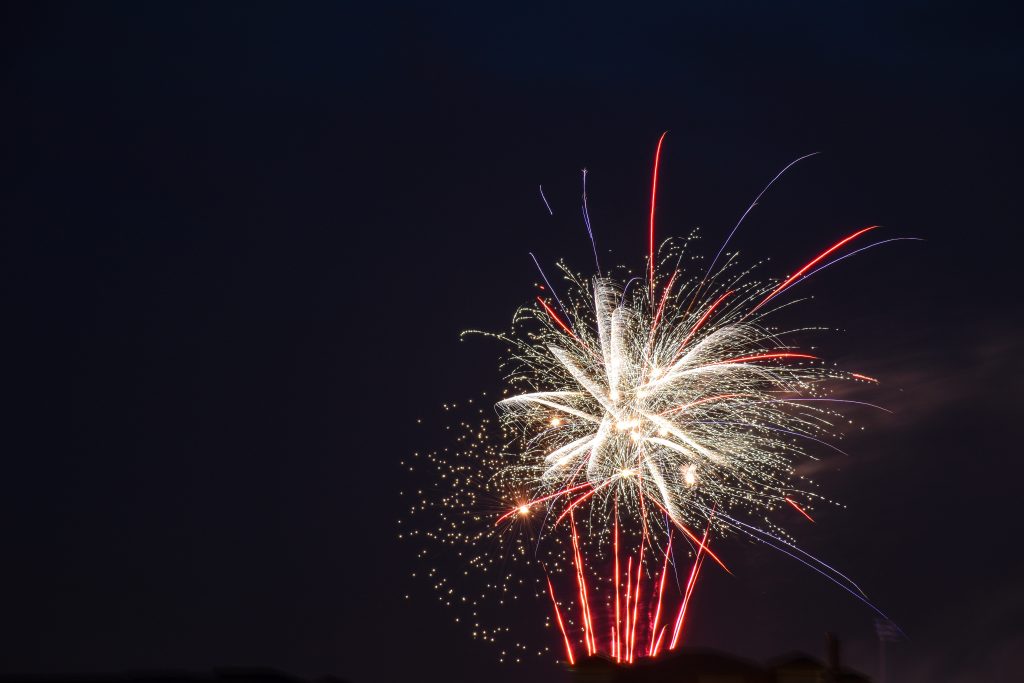
As the Fourth of July approaches, it is important that Goshen residents be aware of fireworks regulations. A local city ordinance was adopted in 2007 at the urging of residents concerned about neighborhood safety and noise. Regulation is controlled by parameters imposed in state regulation.
Consumer fireworks are allowed by state legislation and local ordinance from 5 p.m. until two hours after sunset (or until approximately 11:30 p.m.) from June 29 through July 9, with the exception of July 4—fireworks are allowed from 10 a.m. until midnight. Any other times require Board of Works approval and must be on real estate owned by a government entity. Fines for violations may be of up to $500 per incident.
To report a violation of the fireworks ordinance, residents are welcome to call the non-emergency dispatch number—533.4151. The caller must supply an exact address of where the violation is occurring in order for a police officer to respond effectively to the call.
Fireworks not limited to certain dates and times by local ordinance include dipped sticks or wire sparkers. However, total pyrotechnic composition may not exceed 100 grams per item, and chlorate and perchlorate salts may not exceed 5 grams per item. Other items not regulated by local ordinance include cylindrical or cone fountains, illuminating torches, wheels, ground spinners, filter sparklers, snakes or glowworms, smoke devices and trick noisemakers (like party poppers, snappers, trick matches, etc.)
Local regulations apply to “consumer fireworks” as defined in state statutes. Such fireworks include certain small ground or aerial devices designed to produce visible and/or audible effects by combustion. They are required to comply with the construction, chemical composition and labeling regulations of the United States Consumer Product Safety Commission under 16CFR1507. Ground devices (firecrackers, salutes and chasers) are limited to 50 milligrams of explosive composition. Aerial devices (skyrockets, “helicopters” or spinners, roman candles mines and shells) are limited to 130 milligrams of explosive composition. Larger devices are not allowed under local ordinance and they require state permitting.
